There is lots of maths in robots! Think of almost any of the clever things robots can do, its maths that makes it happen.
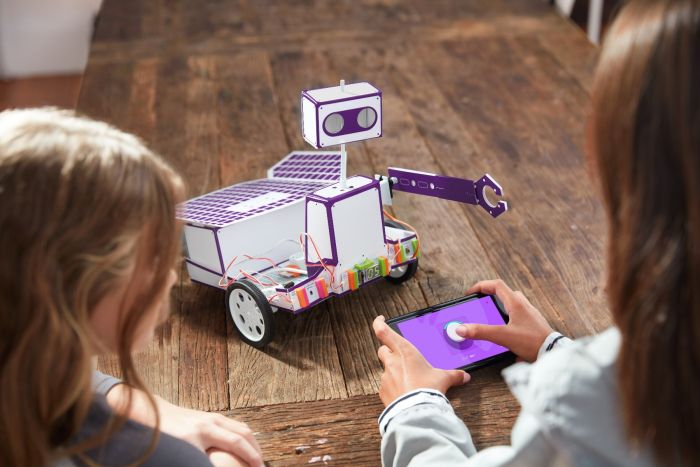
By Professor Peter McOwan, Professor of Computer Science, Queen Mary, University of London
Turn left?
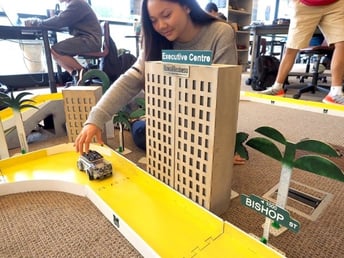 A robot works its way round a room, it’s using sensors, and whether they are ultrasonic, or detecting light or even smells, the sensors turn their measurement of the outside world into numbers, and numbers means maths.
A robot works its way round a room, it’s using sensors, and whether they are ultrasonic, or detecting light or even smells, the sensors turn their measurement of the outside world into numbers, and numbers means maths.
For example to avoid hitting something in its path a robot monitors the numbers coming from the ultrasonic detector, like a bat sending out a chirp, the signal bounced off the obstruction comes back, and the robot calculates the distance to the obstruction. Speed equals distance divided by time, so if the robot knows how fast its ultrasonic ‘ping’ is moving it can calculate the distance the ping has traveled over if it knows the time delay, and from this it knows how far the object is away. If the object is too close, the robot can just turn its wheels and move away, collision avoided. (Learn about distance, speed, time and more with RobotLAB Autonomous cars).
Grab that cuppa
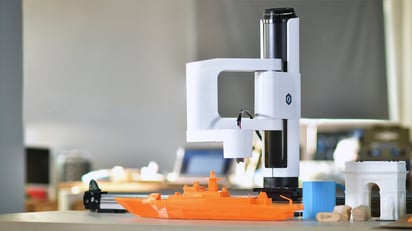 A robot hand reaches out to pick up a cup of tea. Maths again, if the arm has a joint, like a human arm with an elbow, the position of the robots hand, or grasper, is determined by the angles at the joints of the arm, and the length of the sections of the arm.
A robot hand reaches out to pick up a cup of tea. Maths again, if the arm has a joint, like a human arm with an elbow, the position of the robots hand, or grasper, is determined by the angles at the joints of the arm, and the length of the sections of the arm.
Using good old trigonometry you can work out for a given robot arm length and given angles at the joint, where the gripper will be. That’s useful, but what the robot needs to calculate is the inverse problem, it wants to put its gripper at a particular point in space, for example where the cuppa is, so how should it angle the joints to allow this? This is the maths of inverse kinematics.
If you think about it (try it with your arm) there are a number of ways the arm could be flexed and still have the gripper (hand) at the same position. The more joints you have, elbow, shoulder and wrist (these are called degrees of freedom) the more difficult the maths becomes but the more flexible the robots abilities become. There are a whole range of clever maths tricks that have been used to solve this inverse problem, and today’s robots can reach out and grab thanks to mathematicians. Learn more with Dobot Robotic Arm!
Getting smarter
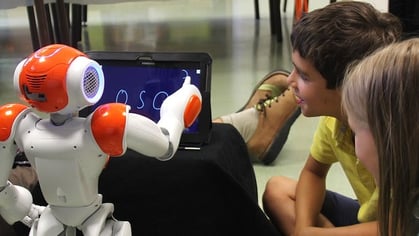 One of the most interesting areas of robotics is the ability to learn. If a robot can learn how to do a task then it doesn’t need to be told every time exactly what to do. Humans learn all the time, our brains are biological learning machines, each time we try something new connections in our brain change and, over time, we get better at the task. Think about reading, you couldn’t read when you were a baby, but your learned. How? Well you first learned what letters look like.
One of the most interesting areas of robotics is the ability to learn. If a robot can learn how to do a task then it doesn’t need to be told every time exactly what to do. Humans learn all the time, our brains are biological learning machines, each time we try something new connections in our brain change and, over time, we get better at the task. Think about reading, you couldn’t read when you were a baby, but your learned. How? Well you first learned what letters look like.
Robots can do this, presented with lots of different letter a’s for example, each written in a different handwriting, a robot can use statistics to work out what the average shape of a letter a is. Ok so it needs a teachers to say this is an a, or this is a b, but you needed a teacher too. After the robot has learned what the average shape if letters are, if it then sees, with its camera, a new letter it can try and match the new letter to one of the learned letters. And so can start to read.
The same trick works with other objects, recognising faces for example, or the expressions on peoples faces. Having been showed lots of examples the mathematics is able to pull out the patterns that mean, for example it’s a face rather than furniture. This is the basis of car number plate recognition for congestion charging, the computers has learned the shapes of the letters and numbers. Discover more mathematics lessons with NAO robot!
Seeing and doing
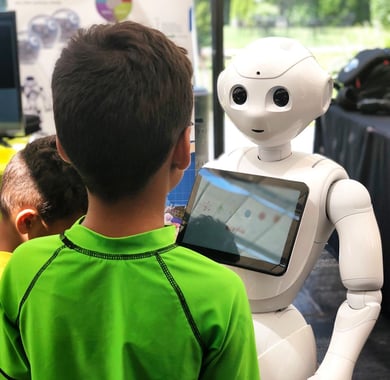 Robots take in sensory information, from their cameras, ultrasonic and so on, and then do something with that information. They behave sensibly, they avoid a wall or recognise a smiling face and move towards it.
Robots take in sensory information, from their cameras, ultrasonic and so on, and then do something with that information. They behave sensibly, they avoid a wall or recognise a smiling face and move towards it.
Doing something means moving a part of the robot in the right way, the technical term for this is a motor response (motor here doesn’t refer to an electric motor, but to an actual movement of a part of the robot). Robots can therefore be seen as sensory-motor machines, they detect something (sensory) and react to it (motor). In fact humans are just very complicated sensory-motor machines; we can decide how we respond to particular sensory signals from the world around us.
Our brain contains whole areas given over to processing information from our eyes or ears or the touch sensors on our skin. These areas then link with so called motor cortex, this is the part of our brain that causes our muscles to move, and our muscles moving are our motors responses. Maths is helping us understand the way our brains work, computational neuroscientists work on developing mathematical descriptions of how those parts of our brains work and interact, it’s a fascinating fusion of maths, biology and psychology.
Discover more math lessons with robots!
Check our products page and start planning your lessons with RobotLAB! and our learning Platform EngageK12!
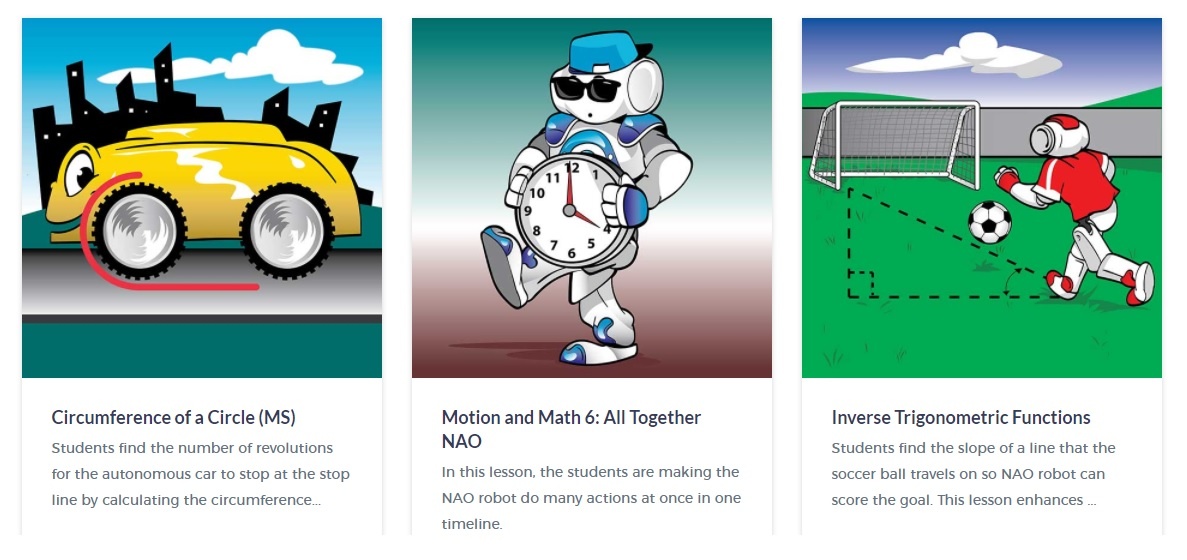
This article is original from Maths Careers and Institute of mathematics & its applications: https://www.mathscareers.org.uk/article/maths-within-robots/



